Our twenty St. Olaf students are creating field drawing while in New Zealand and Australia to help them slow down, observe deeply, savor and remember. A field journal is a notebook in which one records experiences, observations, and questions in the form of writing, drawing, diagramming, poetry, and collecting. When we walk into the world with our journals, we have the opportunity to make observations, forge connections, and ask questions that will deepen our understanding of the world.
We can practice using our senses to observe more closely regardless of our level of writing and drawing experience. The point of field drawing is the activity itself. Field drawing is most often used within scientific disciplines to study the natural world, though it need not be so exclusively.
Each student’s field journal is unique to them, reflecting their personal style. As you can see by the examples of the six field drawings below, there is no one way to keep a field journal. Field journals end up being very personal.
Some students like to record their observations with lists, labels, data, and measurements, while others will write detailed descriptions or poetry. Some students make diagrams, maps or simple sketches and others will make colorful or detailed drawings. A field journal can also be a diary-like account. Students can use whatever tools work best for them to record their observations.
Below is a list of tips for field drawing. Try out field drawing the next time you want to harness and focus your curiosity.
Field Drawing Tips
– Always record the date, time, location and weather for each observation.
– Make sensory observations:
- Slow down and look around, up and down
- Be quiet and listen
- Smell
- Feel: the water, the wind, the texture of a rock
– Record your observations using as much detail as possible. This will help you look more closely, make connections, savor and remember.
– Drawings may be simple or complex, including maps, diagrams, and simple line drawings.
– Record your observations with a description, lists, labels, data, measurements or poetry.
– Record your questions.
– Don’t be too critical or edit your journal entries to the detriment of spontaneity. Let you writing and drawing flow. Crossed out words and imperfect drawings are part of the learning process.
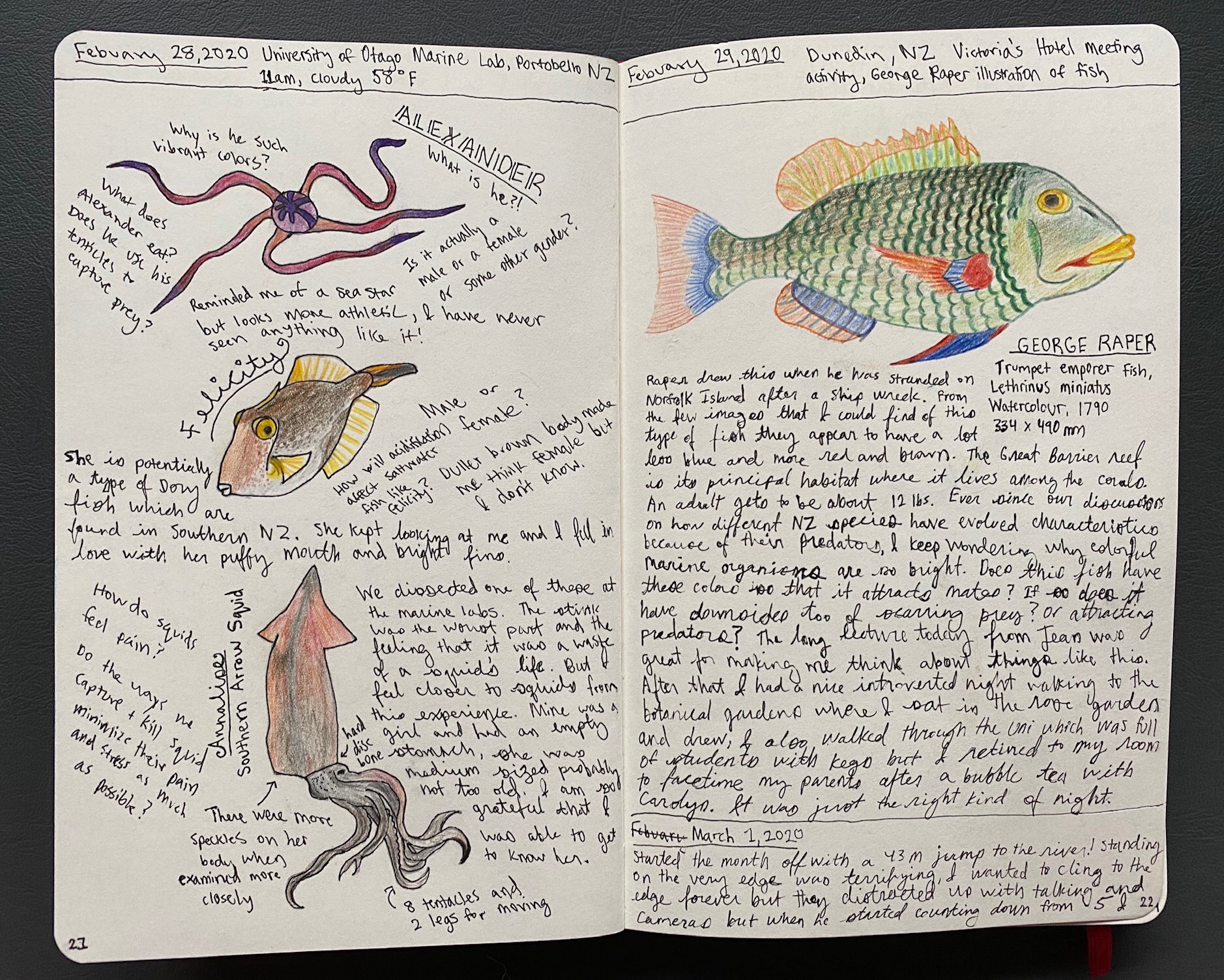
By Ivy Arden
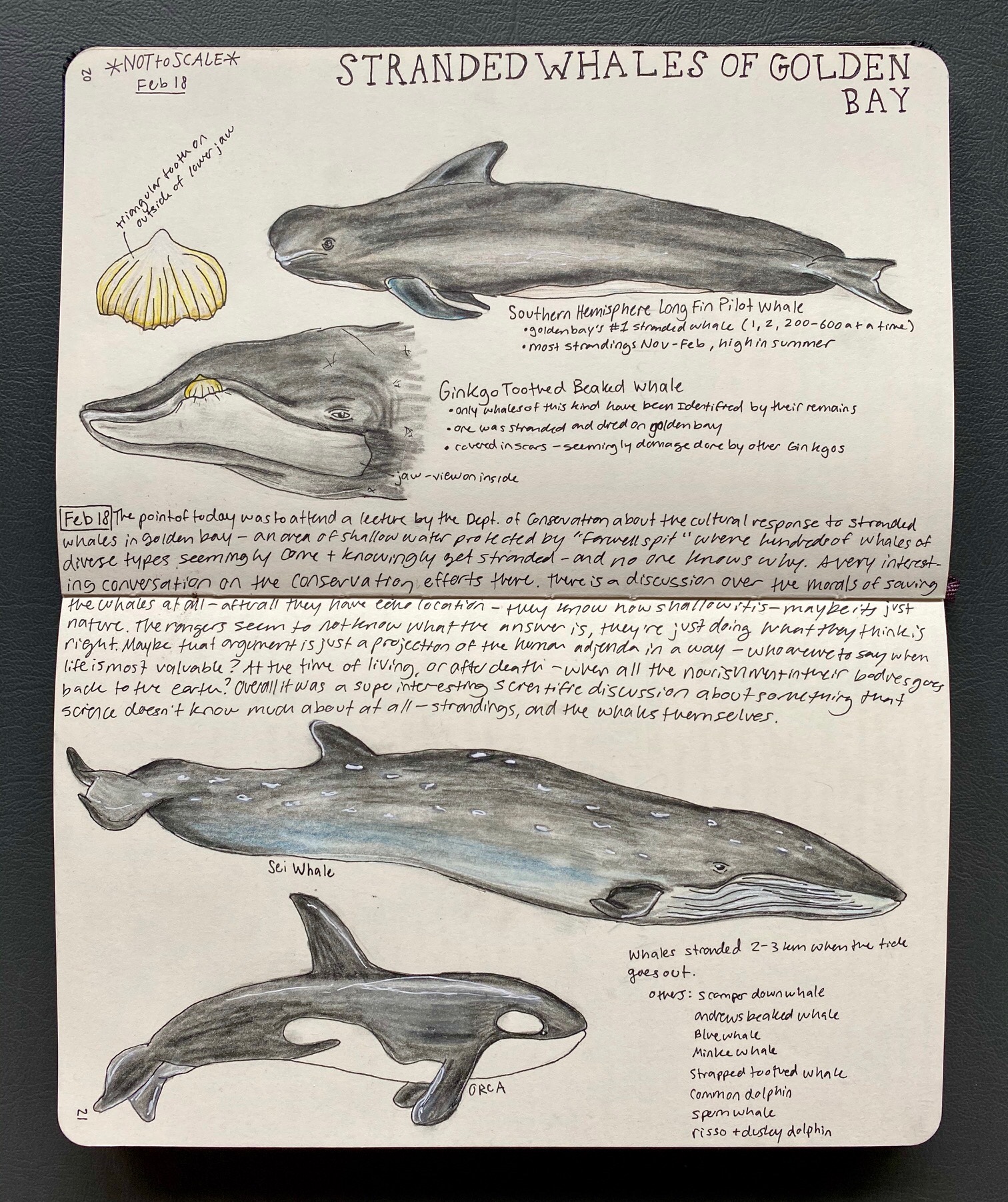
By Anna Von Duyke
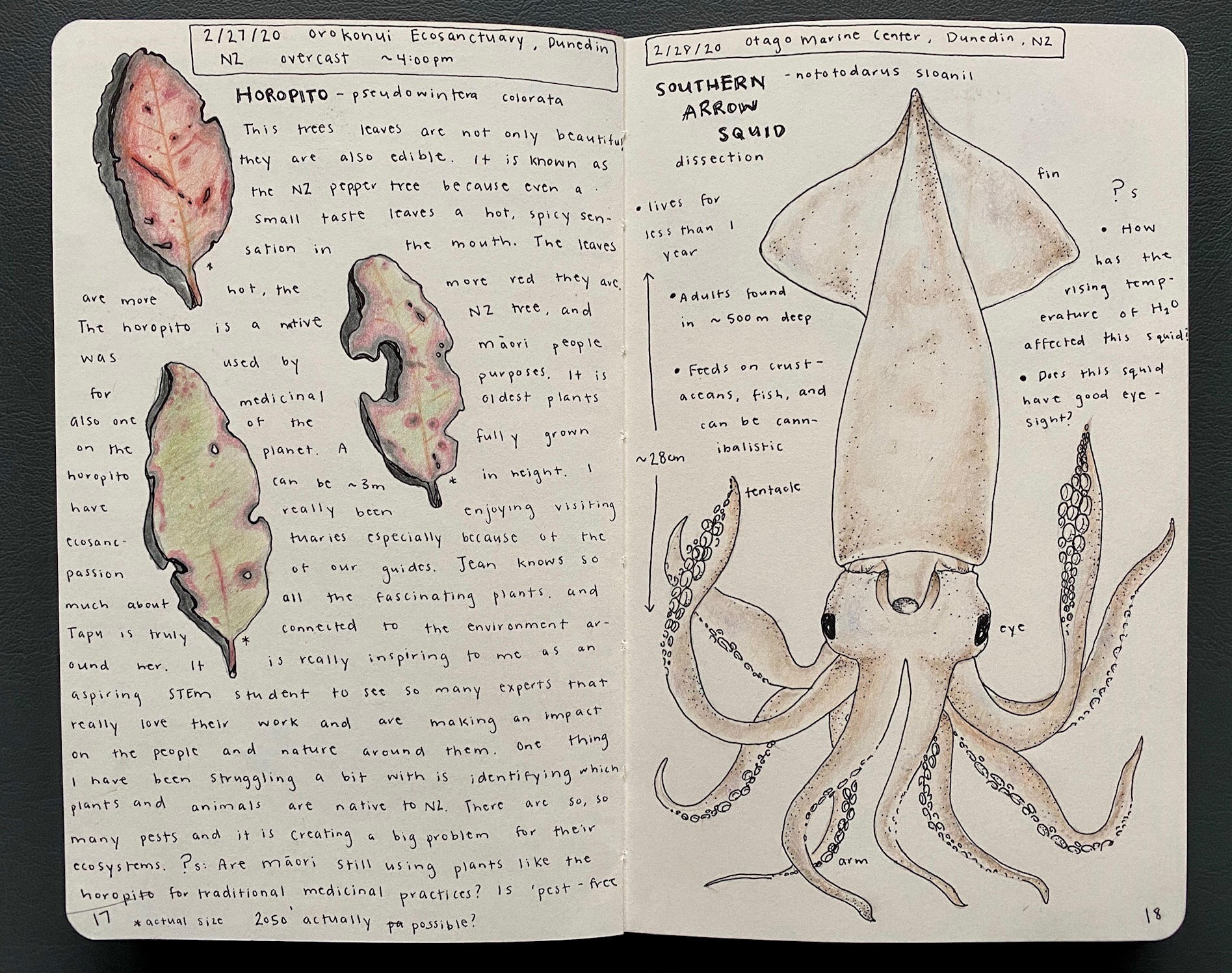
By Megan Kartheiser
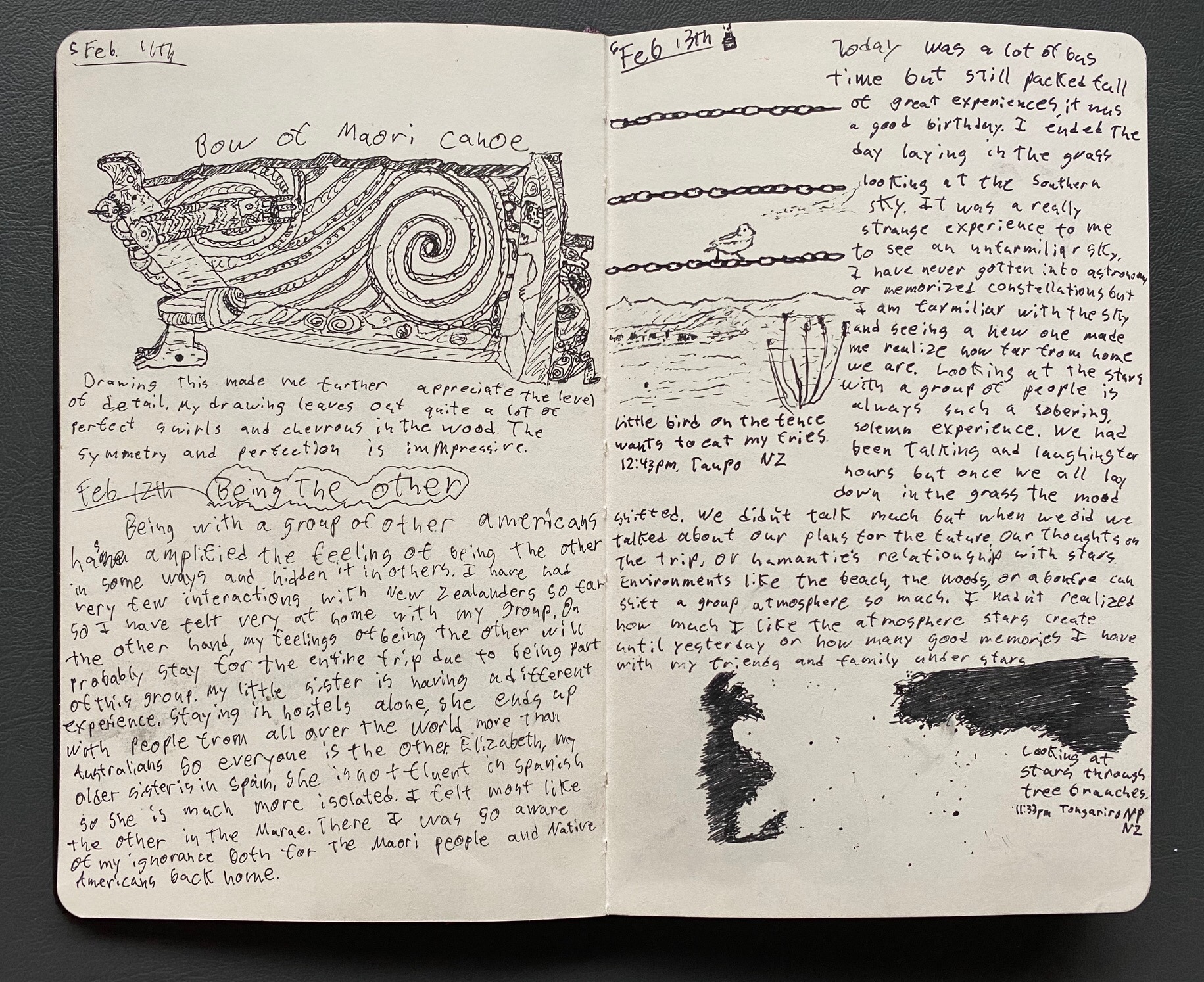
By Sean Daly
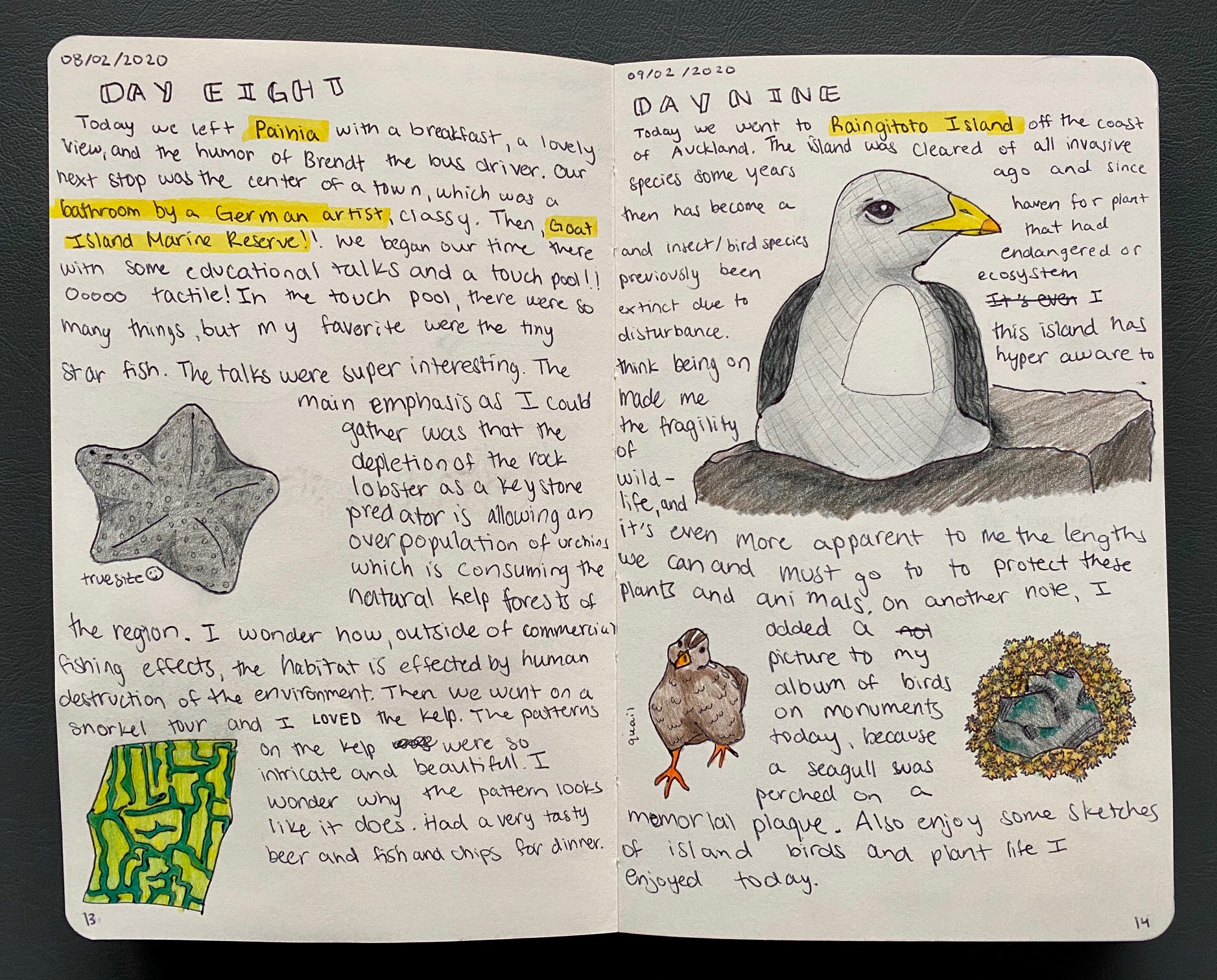
By Rachel Raser
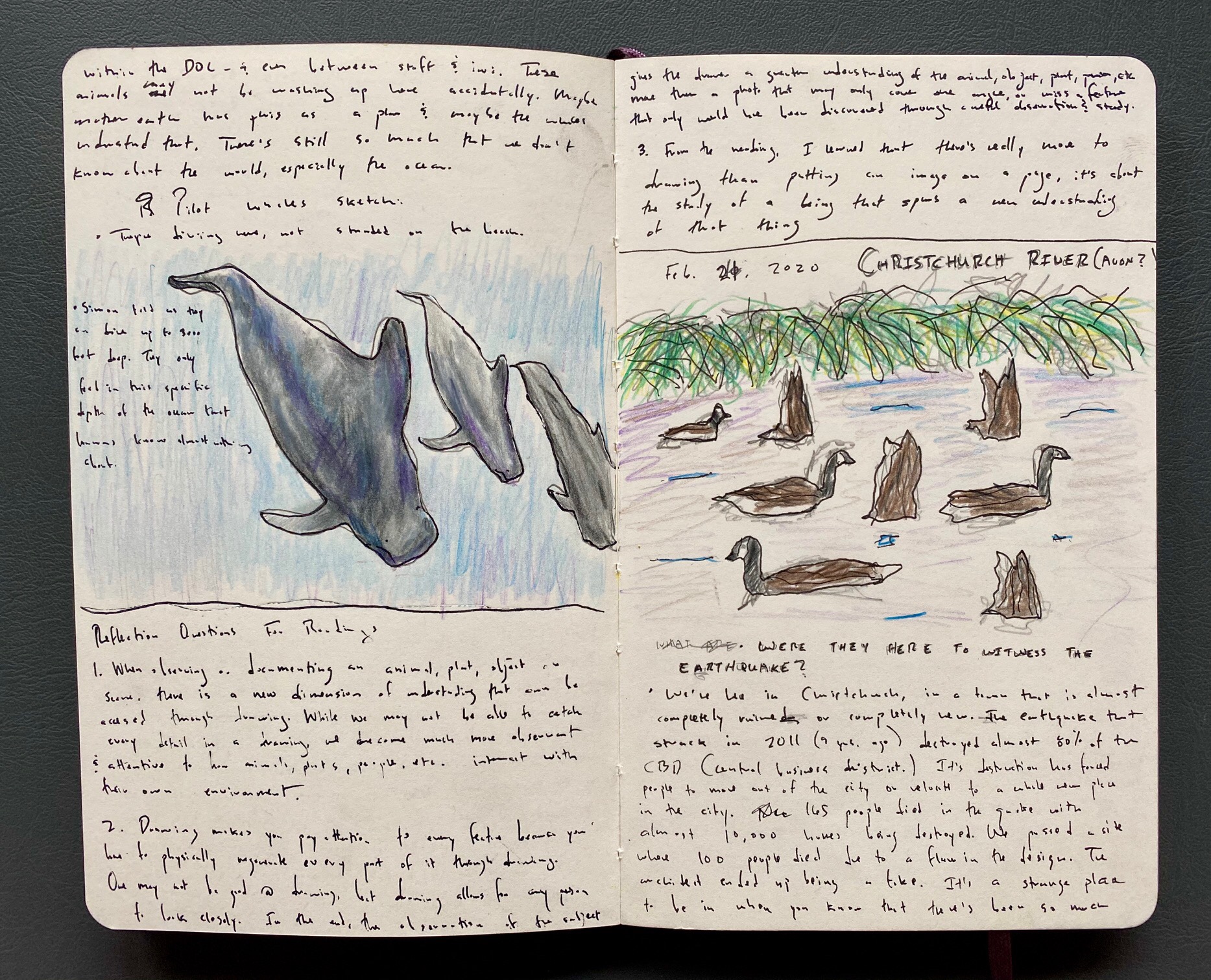
By Grant Marolf
Michon Weeks